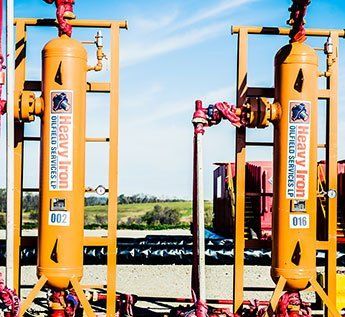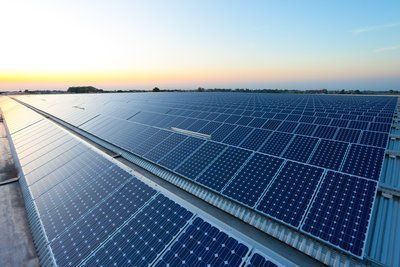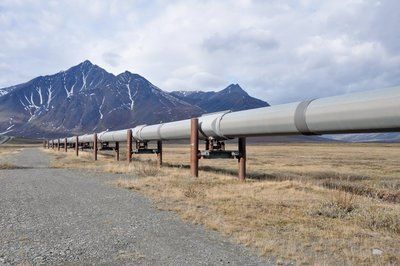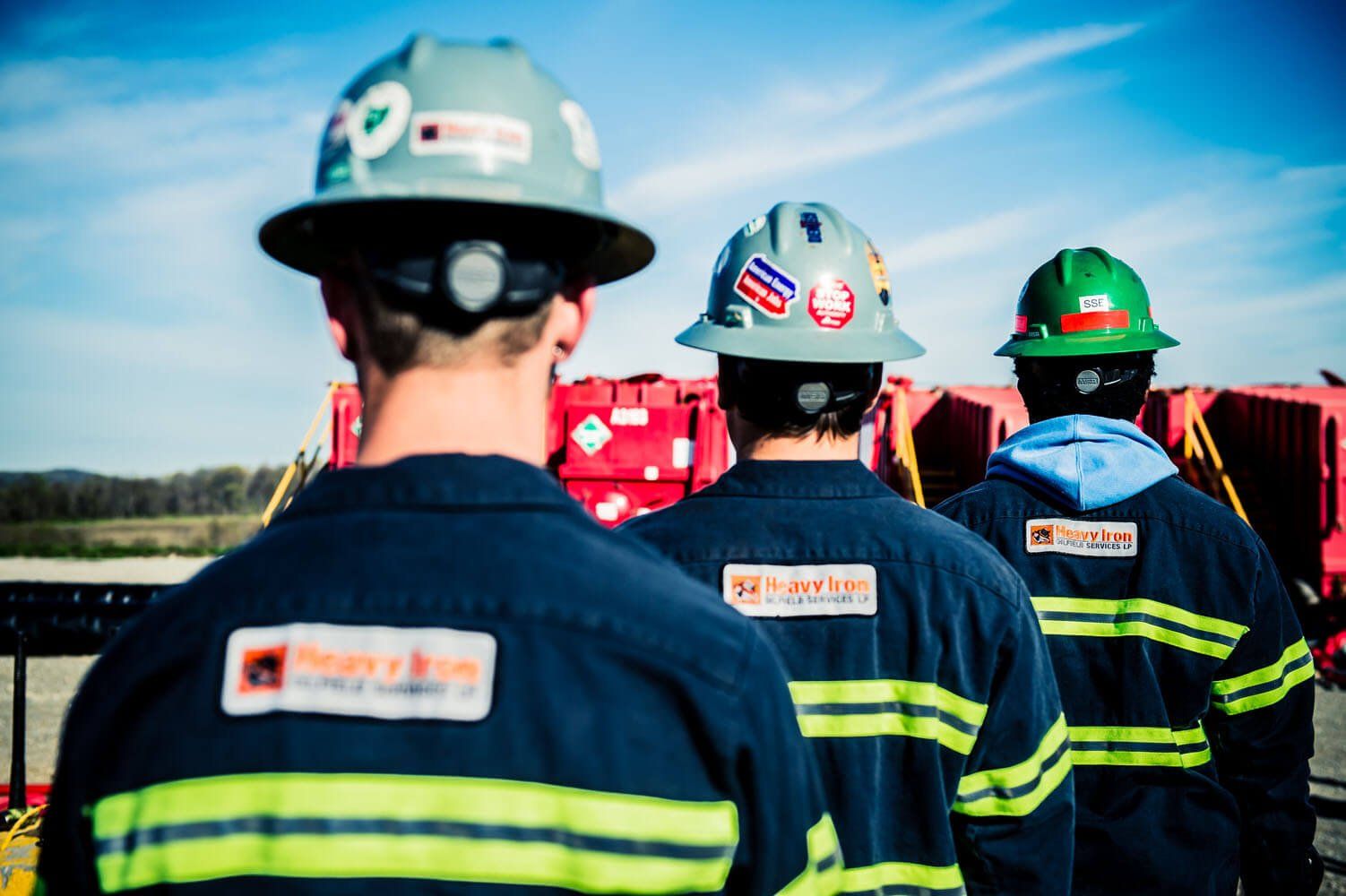HEAVY IRON NEWS
What Is a Sand Separator?
- By Design Team
- •
- 08 Dec, 2015

TYPES OF SAND SEPARATOR
Sand separators may be either two phase or three phase. A two phase separator will separate sand from a liquid; in the gas of the oil and gas industry, the liquid in question would be crude oil. A three phase separator will also separate a third component, which is often gas; the separator will produce particulate, gas, and oil. Sand separators can function in many different ways, but the primary method that is used is centrifugal force, which is often combined with the use of gravity.
When the materials are placed in a centrifuge and then spun, they will reallocate themselves based on weight. In this case, the sand will generally be pushed to the very bottom where it can be separated and removed, and the oil will remain on top. Throughout separations, gas will usually rise to the top without any mechanical agitation. Once this type of manual separation has been done, a filtering system is usually used to clear out any finer particulates or other materials.
OIL AND GAS SEPARATORS
Oil and gas separators are often needed in addition to sand separators as a method of purely separating oil and gas, assuming that a three phase separator is not used initially. In this case, the situation is generally easier; gravity alone is often used to separate the oil and gas components, after which both gas and oil can be extracted separately, in a more homogenous way. Heaters may also be used throughout the system to aid flow. Though gas may not inhibit the flow of oil, it can make the extraction process more unpredictable.
Oil and gas separators, in addition to sand separators, are necessary to create a homogenous stream that can be extracted. Separating materials in this way is the first step towards processing and refining it, and drastically cuts down on issues with oil and gas recovery. When oil, gas, sand sand, is transported at once, it can cause leaks, clogs, and other issues. As with a sand separator, more processing may still be needed later on.
A sand separator and filtration system will be able to remove almost all the particulate from oil, thereby making it much easier and more efficient to recover and transport. Without a sand separation system, not only would extraction systems be taxed, but resources and energy would be wasted attempting to filter out large amounts of particulate or otherwise manage a more complicated refinement process.
Subscribe to Email Updates
Recent Post

| A new project in development in Oman may be able to revolutionize the way that people think about solar energy and oil and gas. The Miraah project currently being developed will use solar power in order to produce oil, thereby reducing the amount of natural gas Oman residences will need to rely upon. Ideally, the Miraah project will be able to address many of the outstanding issues with solar technology related to energy capture, while creating a more efficient and effective method of oil production. |








